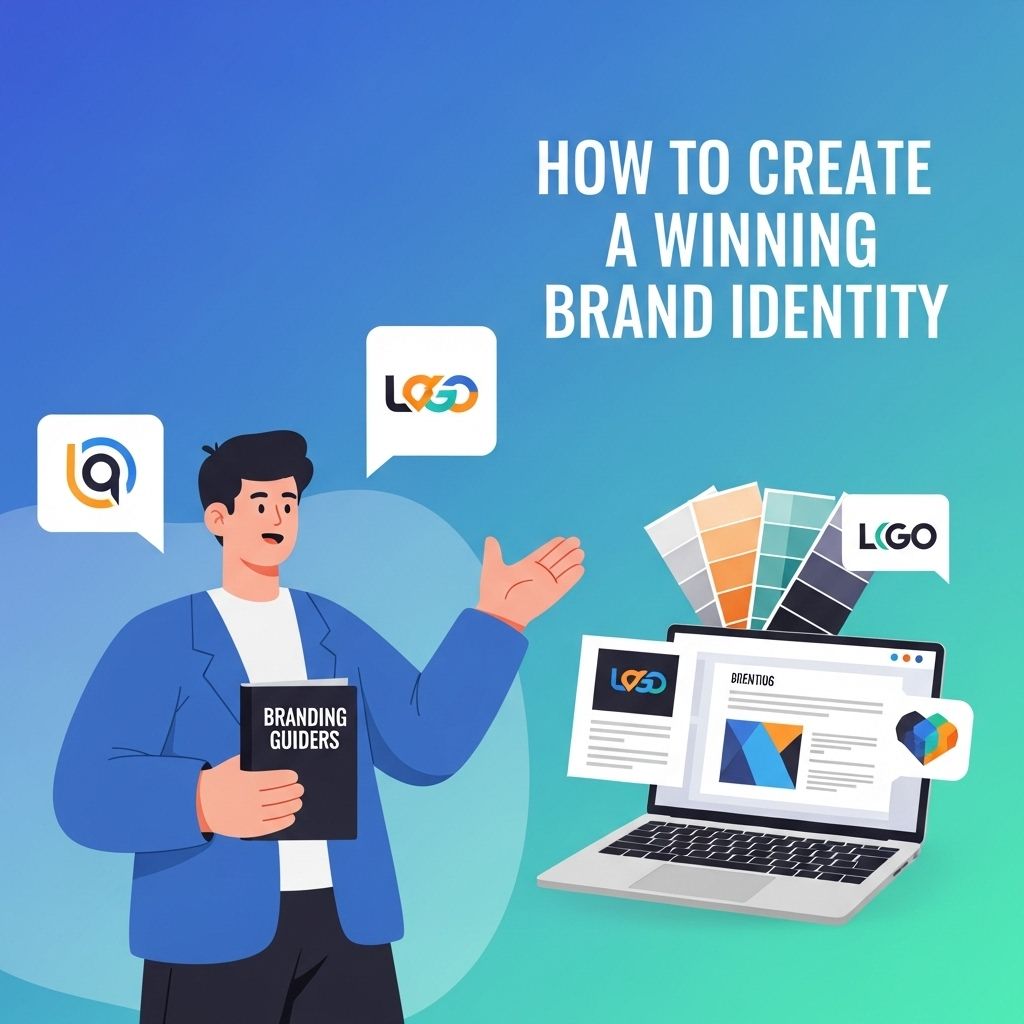Branding is not just about a logo or a catchy tagline; it encompasses the entire perception of your business in the eyes of your customers. In today’s interconnected world, establishing a strong brand identity is crucial for gaining recognition, trust, and loyalty from your target audience. This article will provide you with ten powerful tips that can help you build your brand effectively and sustainably.
Understand Your Target Audience
The first step in building a successful brand is understanding who your audience is. Knowing your customers’ needs, preferences, and behaviors can significantly shape your branding strategy. Here are some methods to gain insights:
- Surveys: Conduct surveys to gather information about your audience’s preferences.
- Social Media Analytics: Utilize analytics tools on platforms like Facebook and Instagram to learn about your audience demographics.
- Market Research: Study your competitors and the industry to spot trends and opportunities.
Develop a Unique Value Proposition
Your unique value proposition (UVP) differentiates your brand from competitors. It encapsulates what makes your brand special and why customers should choose you.
Crafting Your UVP
To develop your UVP, consider the following:
- Identify your core strengths.
- Understand your competitors’ weaknesses.
- Gather customer feedback on what they value in products or services similar to yours.
Create a Consistent Brand Identity
Your brand identity includes your logo, color scheme, typography, and overall aesthetic. Consistency across all channels is key to enhancing brand recognition.
Elements of Brand Identity
| Element | Description |
|---|---|
| Logo | A visual symbol that represents your brand. |
| Color Palette | The colors that convey your brand’s personality. |
| Typography | The fonts you use in branding materials. |
| Imagery | The types of images that align with your brand message. |
Engage with Your Audience
Building a brand goes hand in hand with engaging your audience. Take advantage of social media platforms to connect with your customers directly.
Effective Engagement Strategies
- Responsive Customer Service: Ensure prompt responses to inquiries and feedback.
- Content Sharing: Share relevant content that resonates with your audience.
- Community Building: Foster a sense of community around your brand through forums or social media groups.
Utilize Content Marketing
Content marketing is a powerful tool for brand building. High-quality, informative content positions your brand as an authority in your industry.
Types of Content to Consider
- Blog Posts: Regular articles that provide valuable insights.
- Videos: Engaging visual content that showcases your brand personality.
- Infographics: Quick, digestible visuals that convey complex information.
Leverage Influencer Marketing
Influencer marketing involves collaboration with individuals who have a significant following in your niche. Their endorsement can lend credibility to your brand and reach a wider audience.
Finding the Right Influencer
When choosing an influencer, consider the following:
- Relevance: Ensure their audience aligns with your target market.
- Engagement: Look for influencers with active and engaged followers.
- Authenticity: Choose influencers who genuinely resonate with your brand values.
Optimize Your Online Presence
In today’s digital age, having a robust online presence is vital. Ensure that your website and social media profiles are optimized for user experience and search engines.
Key Components of Online Optimization
- Responsive Design: Ensure your website is mobile-friendly.
- SEO Best Practices: Use relevant keywords and optimize meta tags.
- High-Quality Visuals: Invest in professional photography and graphics.
Network and Collaborate
Networking with other brands and professionals can expand your reach and enhance your brand credibility. Collaboration can take many forms, from co-hosting events to joint social media campaigns.
Networking Tips
- Attend Industry Events: Participate in conferences and trade shows.
- Join Professional Groups: Engage in online platforms like LinkedIn.
- Consider Partnerships: Team up with complementary businesses to offer bundled products or services.
Measure and Adapt Your Strategy
Finally, continuously measure your branding efforts. Use analytics to track your progress and make adjustments as necessary. Here are some tools you can use:
Analytics Tools
| Tool | Purpose |
|---|---|
| Google Analytics | Track website traffic and user behavior. |
| Social Media Insights | Analyze engagement and reach on social platforms. |
| Survey Tools | Gather customer feedback on brand perception. |
By implementing these ten powerful tips, you can build a strong and recognizable brand that resonates with your audience and stands the test of time. Remember that branding is an ongoing process that requires attention, effort, and a willingness to adapt to changing market conditions.
FAQ
What are the most effective strategies for building a strong brand?
To build a strong brand, focus on defining your brand identity, understanding your target audience, maintaining consistency in messaging, leveraging social media, and creating valuable content.
How can storytelling enhance my brand?
Storytelling can enhance your brand by creating emotional connections with your audience, making your brand more relatable and memorable.
Why is consistency important in branding?
Consistency in branding helps to establish trust and recognition among your audience, making it easier for them to identify and connect with your brand.
How can I use social media to build my brand?
Use social media to engage with your audience, share valuable content, and showcase your brand’s personality. Regular interaction can foster community and loyalty.
What role does customer feedback play in brand building?
Customer feedback is essential for brand building as it provides insights into customer preferences and helps improve products and services, thereby enhancing customer satisfaction.
How can I measure the success of my branding efforts?
You can measure the success of your branding efforts through metrics such as brand awareness, customer engagement, social media reach, and sales growth.




